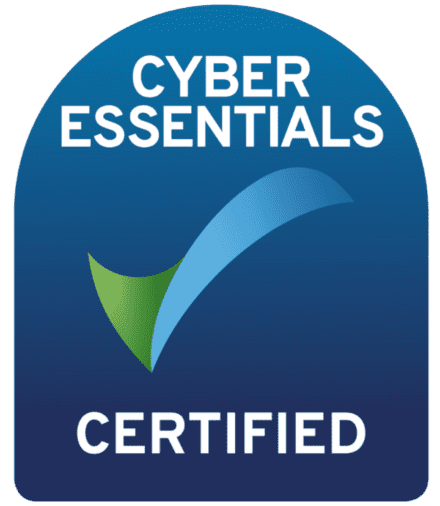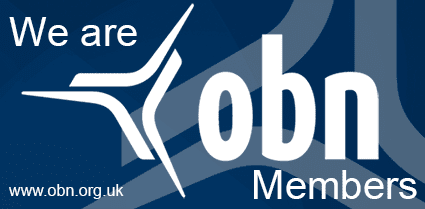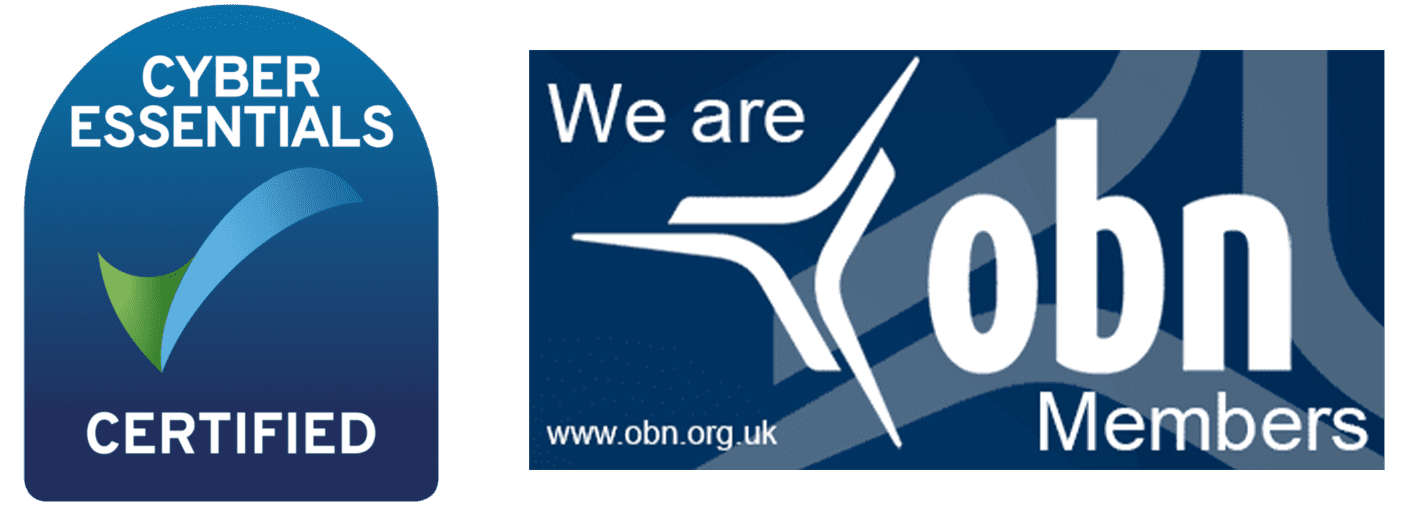Custom Radiolabeling
Additional Service
as part of a core receptor pharmacology study
Radioiodination and Tritium Labeling
Proteins, peptides and small molecules can be labeled by us for use in our receptor binding, receptor occupancy and autoradiography assays. Radioiodine can be used to label proteins, antibodies and peptides via exposed tyrosine residues. It yields a high specific activity molecule that is well-suited for developing robust and sensitive in vitro and in vivo assays. Tritium can be used for the labeling of small molecules, giving a labeled molecule that is essentially the same in its chemical and biological properties to the original molecule and suitable for receptor binding studies.
Putrification is by reverse-phase HPLC (peptides, small molecules) or size-exclusion chromatography (antibodies and proteins). Co-elution of the radioactive peak with an unlabeled standard is used to confirm identity and the resultant radiochromatograms provided to the client.
We have experience with the following labeling approaches:
Iodogen® Radioiodination Reagent
Iodogen is a simple and effective method for labeling a variety of proteins, antibodies and peptides with radioiodine. Labeling is rapid and can be conducted in the presence of amine or azide-containing buffers.
Lactoperoxidase Radioiodination
Lactoperoxidase catalyzes the oxidation of iodine using hydrogen peroxide as a substrate. It is a mild labeling method and is our preferred method for labeling flexible, methionine-containing peptides.
Reaction with [125I]Bolton-Hunter Reagent
The active ester of [125I]iodophenylpropionic acid (Bolton-Hunter reagent) can be used to tag proteins and peptides with a radioiodinated phenolic residue via an exposed amino group on the surface. Proteins and peptides are effectively labeled with this prosthetic group but with the caveat that lysine residues are modified by the label. These are sometimes necessary as sites for hydrogen bonding interactions between the ligand and its receptor.
Tritium Labeling
Small molecules can be labeled with tritium at moderate specific activities sufficient for most receptor binding assays. A suitable precursor will need to be provided by the client. In-house approaches include reduction of a ketone to an alcohol using sodium borotritide and O- or N-methylation with tritiated methyliodide. For other tritiation approaches, we work with specialist partner companies.



